Christchurch’s Te Pae centre reopens celebrating all New Zealanders
Christchurch's Te Pae Convention and Exhibition Centre opens its doors again thanks to architects Woods Bagot and Warren & Mahoney, and arts, culture and heritage advocate Puamiria Parata-Goodall
Dennis Radermacher - Photography
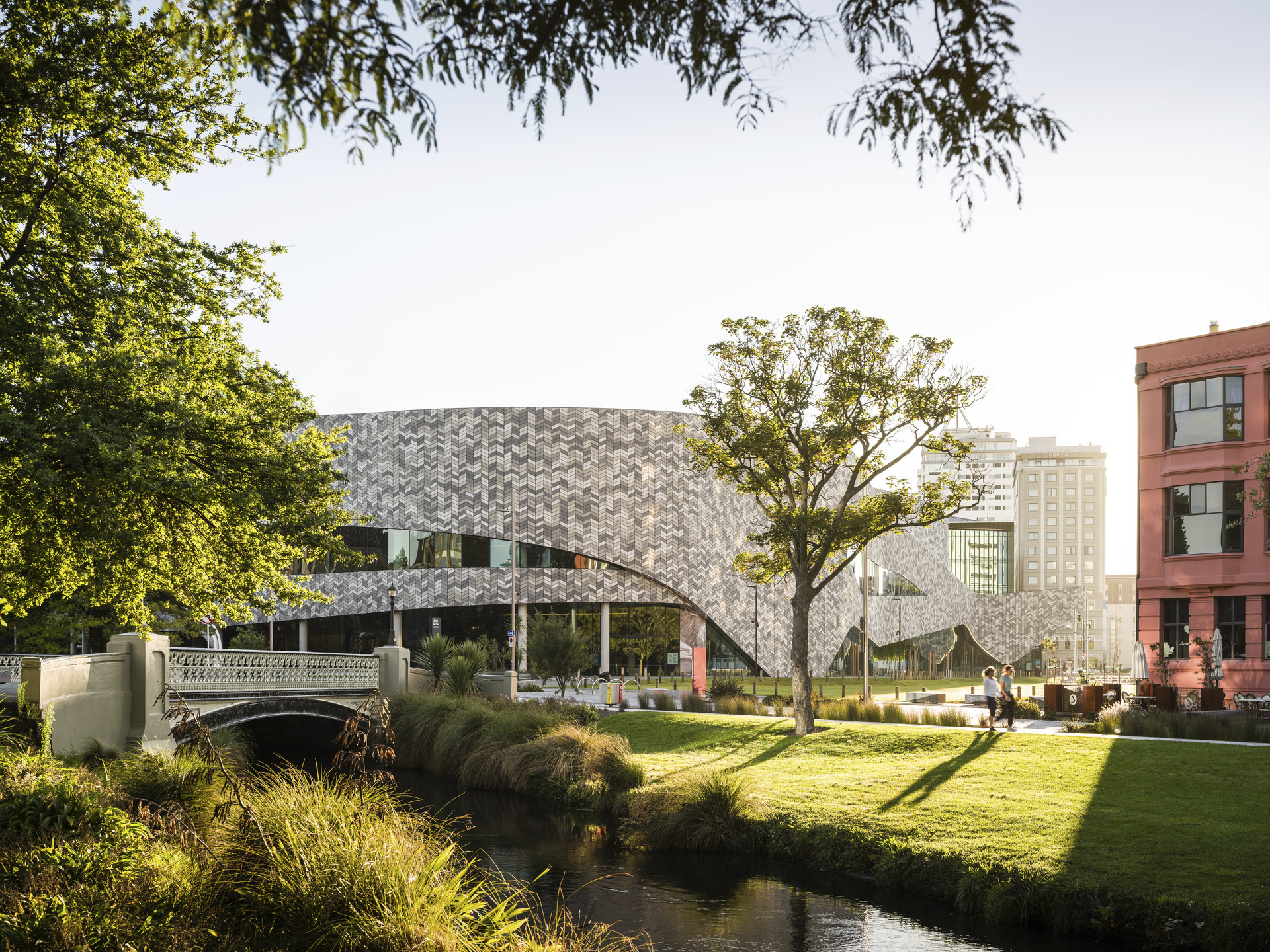
A beloved cultural hub, the Te Pae Convention and Exhibition Centre was destroyed in the devastation of the 2011 Christchurch earthquake. Now, thanks to efforts of local authorities and the wider community – the space was identified as one of 11 ‘anchor projects’ vital to rebuilding the city – the popular local facility has a new home. The space has just opened its doors to a design by architects Woods Bagot from Australia and Warren & Mahoney from New Zealand, in consultation with arts, culture and heritage advocate Puamiria Parata-Goodall, who worked for the Matapopore Charitable Trust and acted as the mana whenua (meaning ‘people of the land' in Māori) voice in the city’s recovery to ensure First Nations Ngāi Tūāhuriri (one of the five primary hapu - sub tribes - that are absorbed under the term Ngāi Tahu) and Ngāi Tahu (the principal Māori iwi - tribe - of the South Island) narratives are realised within the recovery of Christchurch.
The design is a striking, flowing building clad in some 43,000 individually designed and numbered façade tiles. It incorporates craft elements and smart spatial planning, as well as rich cultural meaning. ‘The ancestral bones of the Ngāi Tahu people are in this land. Across the rebuilt city, the new Ōtautahi (Christchurch) reflects both its Ngāi Tahu and European history. Māori language, art and stories are recognised and celebrated like they haven’t been before,' Parata-Goodall says.

The structure's fluid form not only marks a departure from the typical, ‘rectangular box' appearance of convention halls across the world, but it also mirrors New Zealand’s iconic Southern Alps – an important reference that ties the structure to its land. Its body faces the nearby river, connecting visitors to the waterfront. ‘From inside, framed views out curate the site for you. Views from the function room back to Cathedral Square; the opening out onto Victoria Square; the leaning toward the river – these were very specific moves to make the building engage strongly with what’s around it,' says Woods Bagot's Bruno Mendes. ‘I think that's what's special about the project. You’re connected to Christchurch and it couldn't be anywhere else.'
The aim, the architects stress, was for this building to represent everyone, so it can resonate with both Māori and Pākehā (white) New Zealanders. In this pledge, drawing from the site and surrounding land was critical in forming an architecture informed by the landscape and ‘the Ngāi Tahu traditions which explain the creation of the landscape that is rich and diverse, and ready for human habitation', they explain. The key cultural values used to develop the design were ‘Whakapapa' (identity and connection to place); ‘Mana Motuhake' (independence and autonomy); ‘Manaakitanga' (charity, hospitality, reciprocity, and respect to others); ‘Ture wairua' (faith); and ‘Mahinga Kai' (cultivation, gathering and use of food). These themes are celebrated in displays and narratives inside the building.
At the same time, functionality sits at the heart of the design. Smartly arranged and comfortable, the building can host up to 2,000 delegates at a time. The main spaces inside are the 1,400-seat auditorium, the flexible envelope of the exhibition hall, the more austere and minimalist administration offices, and pre-function spaces. Timber cladding in the main lobby not only adds a nature-orientated tone but also nods to the land's forests, highlighting once more how the project was conceived to bridge use and meaning.


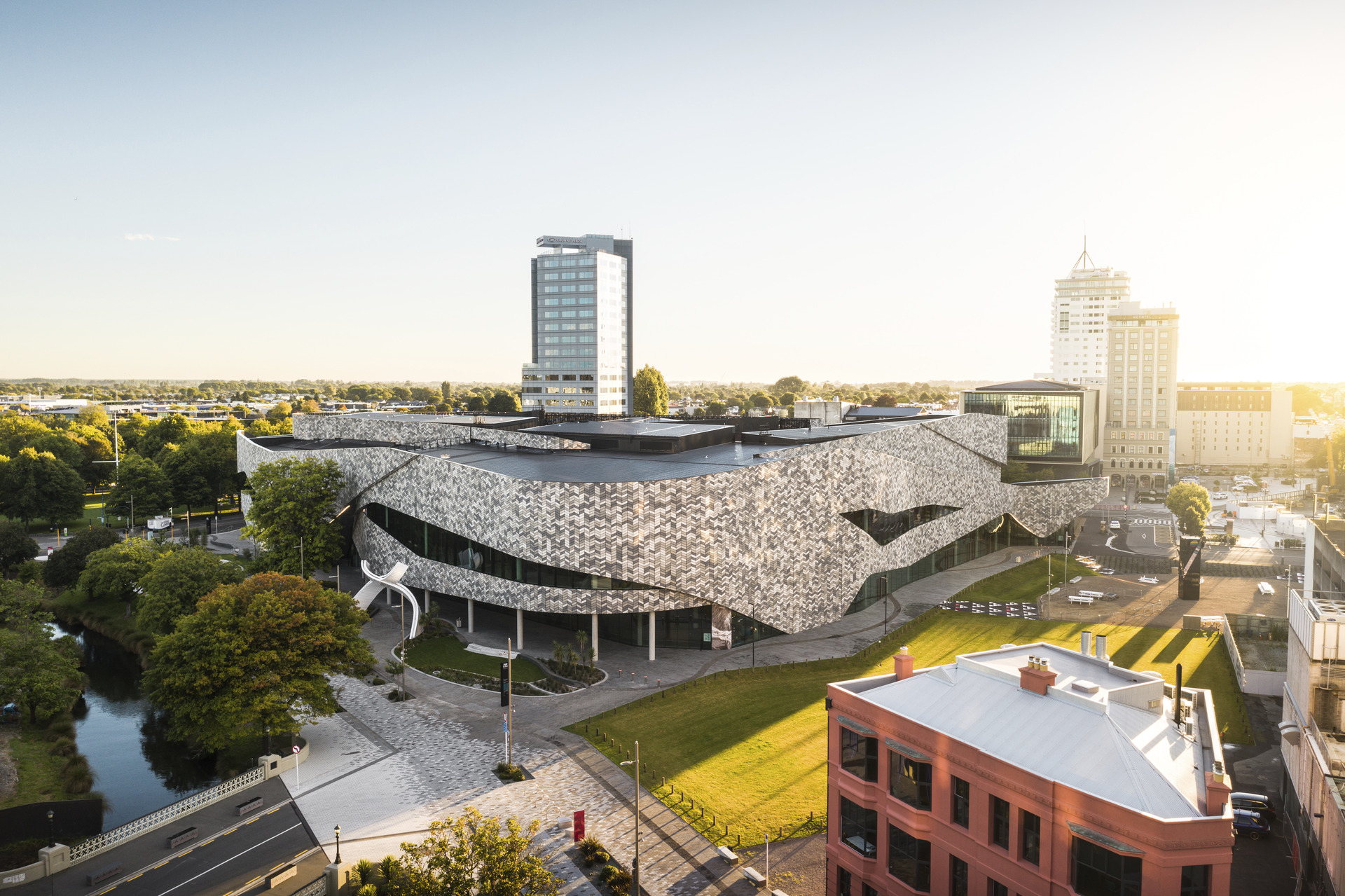
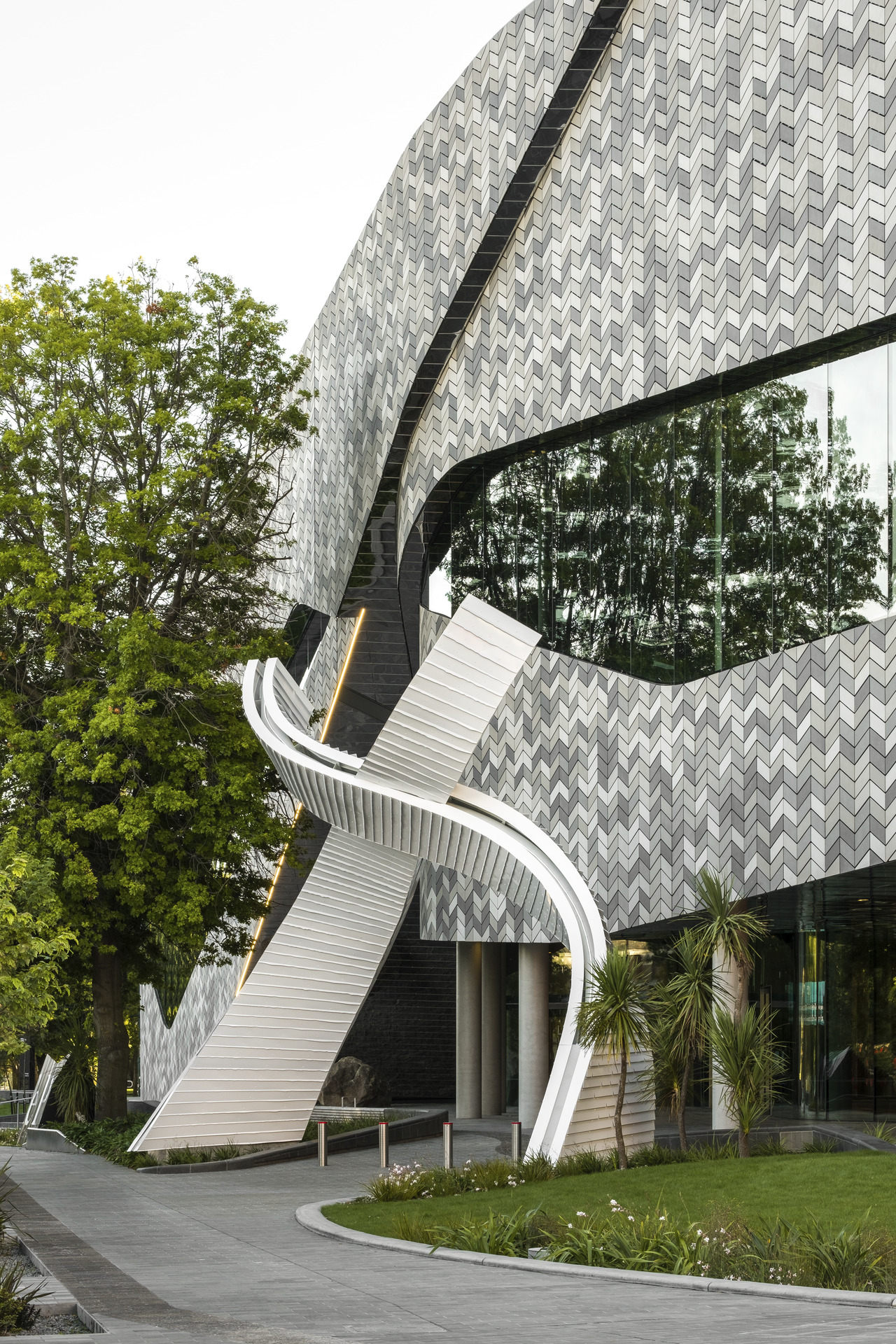

INFORMATION
Receive our daily digest of inspiration, escapism and design stories from around the world direct to your inbox.
Ellie Stathaki is the Architecture & Environment Director at Wallpaper*. She trained as an architect at the Aristotle University of Thessaloniki in Greece and studied architectural history at the Bartlett in London. Now an established journalist, she has been a member of the Wallpaper* team since 2006, visiting buildings across the globe and interviewing leading architects such as Tadao Ando and Rem Koolhaas. Ellie has also taken part in judging panels, moderated events, curated shows and contributed in books, such as The Contemporary House (Thames & Hudson, 2018), Glenn Sestig Architecture Diary (2020) and House London (2022).
-
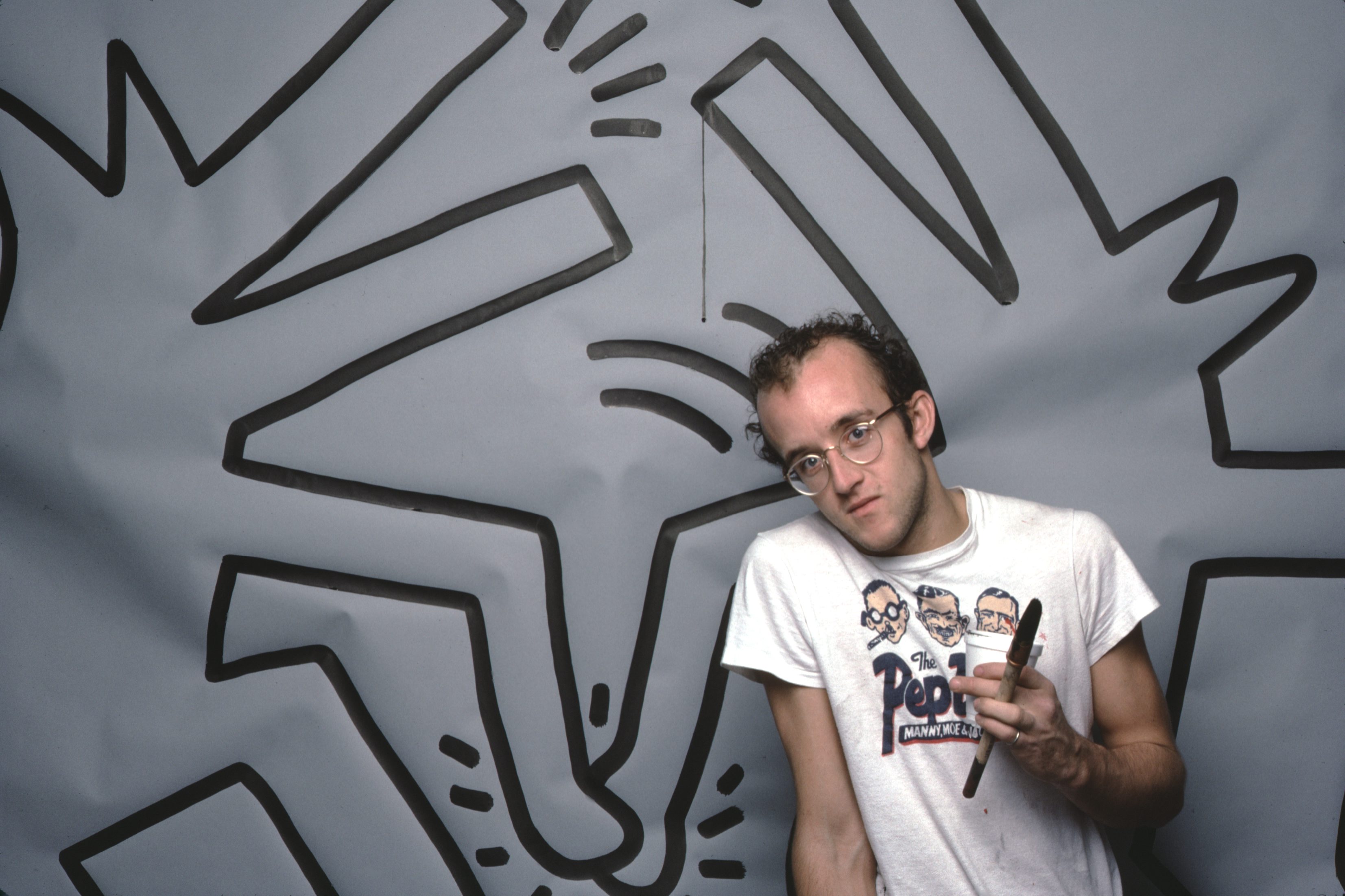 Modern masters: the ultimate guide to Keith Haring
Modern masters: the ultimate guide to Keith HaringKeith Haring's bold visual identity brought visibility to the marginalised
-
 Discover a hidden culinary gem in Melbourne
Discover a hidden culinary gem in MelbourneTucked away in a central Melbourne park, wunderkind chef Hugh Allen’s first solo restaurant, Yiaga, takes diners on a journey of discovery
-
 Nina Christen is the designer behind fashion’s favourite – and most playful – shoes
Nina Christen is the designer behind fashion’s favourite – and most playful – shoesShe’s created viral shoes for Loewe and Dior. Now, the Swiss designer is striking out with her own label, Christen
-
 Modernist architecture: inspiration from across the globe
Modernist architecture: inspiration from across the globeModernist architecture has had a tremendous influence on today’s built environment, making these midcentury marvels some of the most closely studied 20th-century buildings; here, we explore the genre by continent
-
 Minimalist architecture: homes that inspire calm
Minimalist architecture: homes that inspire calmThese examples of minimalist architecture place life in the foreground – clutter is demoted; joy promoted
-
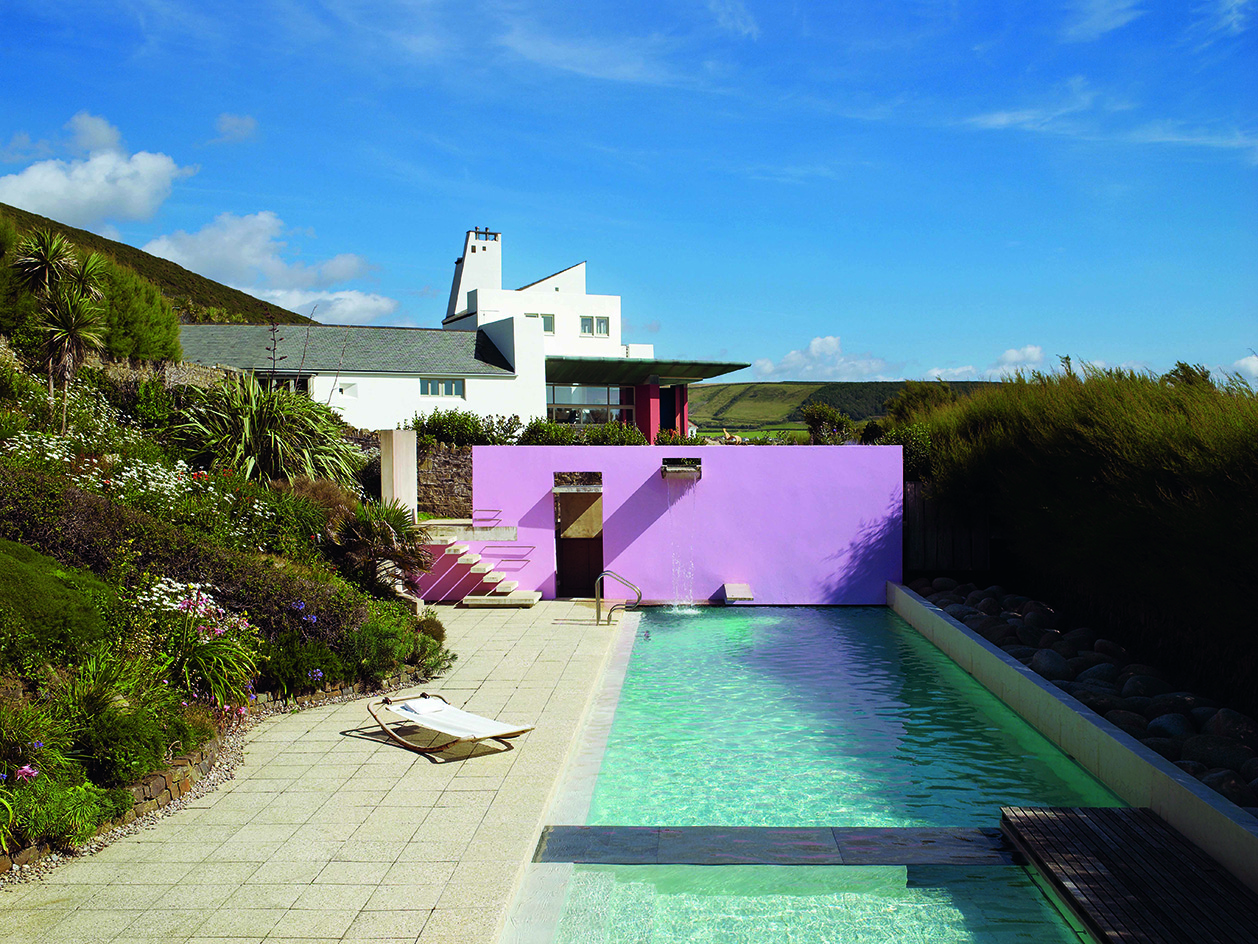 The iconic British house: key examples explored
The iconic British house: key examples exploredNew book ‘The Iconic British House’ by Dominic Bradbury explores the country’s best residential examples since 1900
-
 Loyle Carner’s Reading Festival 2023 stage presents spatial storytelling at its finest
Loyle Carner’s Reading Festival 2023 stage presents spatial storytelling at its finestWe talk to Loyle Carner and The Unlimited Dreams Company (UDC) about the musical artist’s stage set design for Reading Festival 2023
-
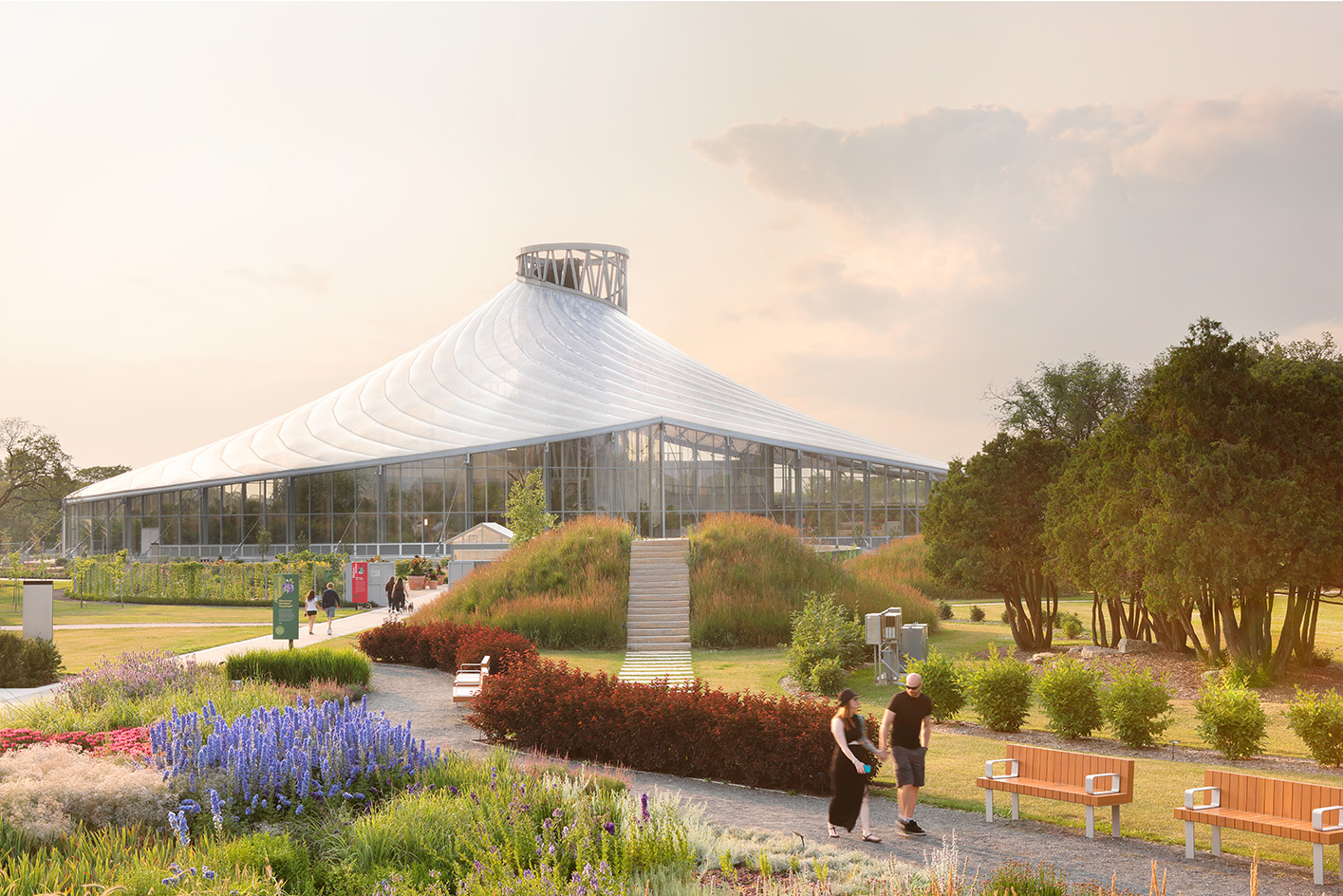 The Leaf is a feat of engineering and an ode to the Canadian Prairies
The Leaf is a feat of engineering and an ode to the Canadian PrairiesThe Leaf in Winnipeg, Canada, is the first interactive horticultural attraction of its kind: a garden and greenhouse complex promoting a better understanding of how people can connect with plants
-
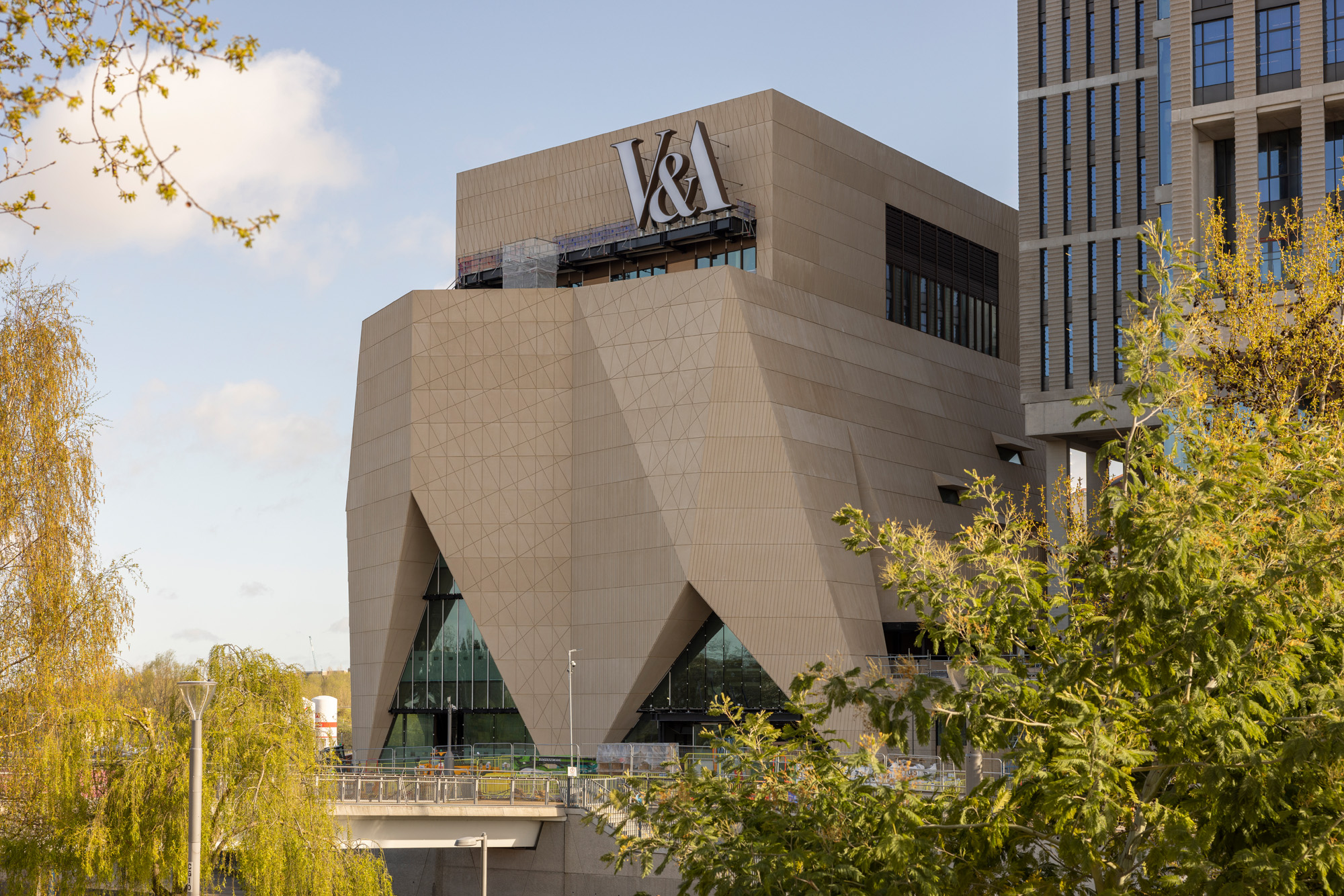 Behind the V&A East Museum’s pleated façade
Behind the V&A East Museum’s pleated façadeBehind the new V&A East Museum’s intricate façade is a space for the imagination to unfold
-
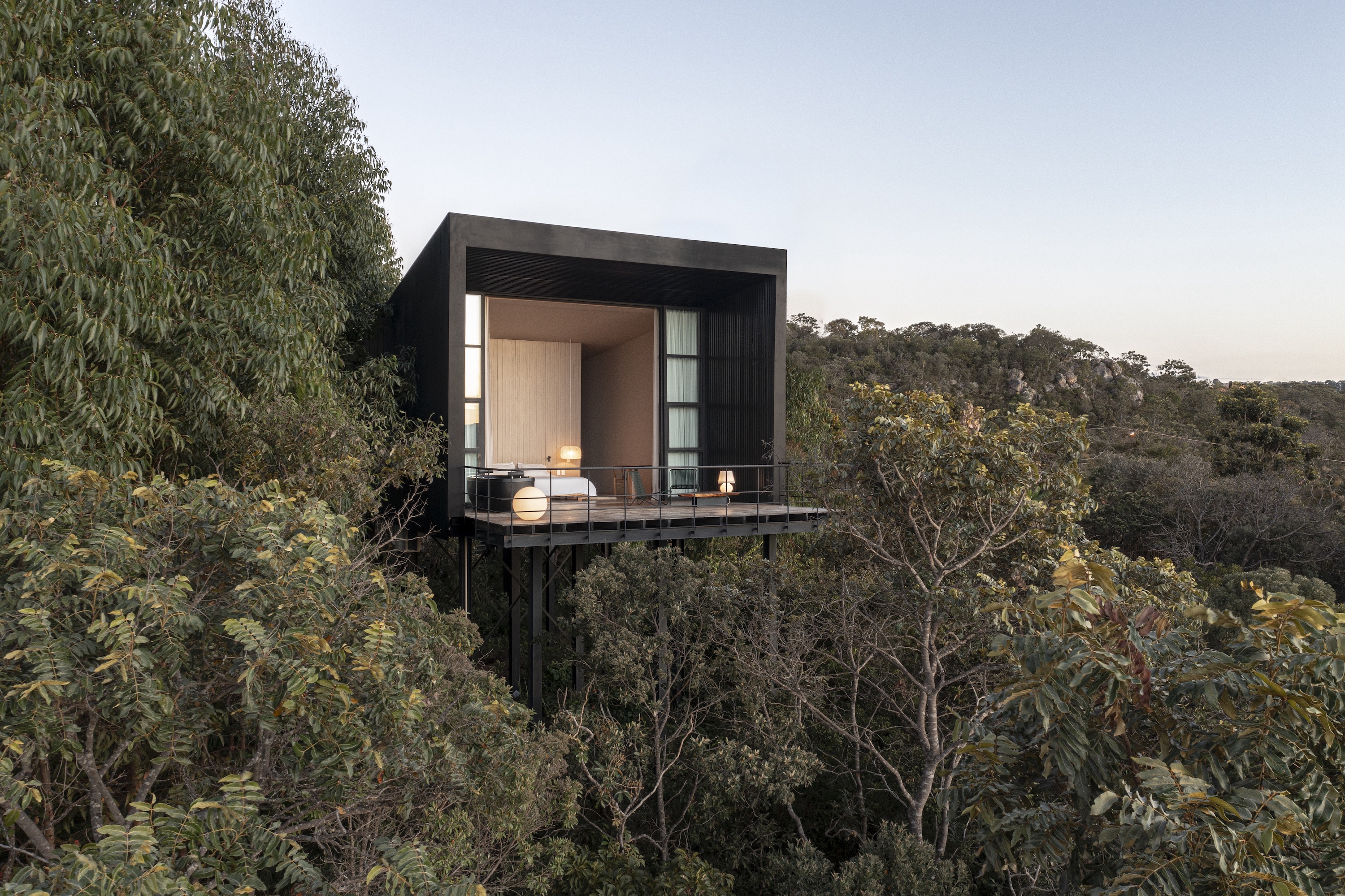 Casa Monoculo offers a take on treetop living in Brazil
Casa Monoculo offers a take on treetop living in BrazilCasa Monoculo by architect Alan Chu is a house raised above the treetops in Alto Paraiso City, Brazil
-
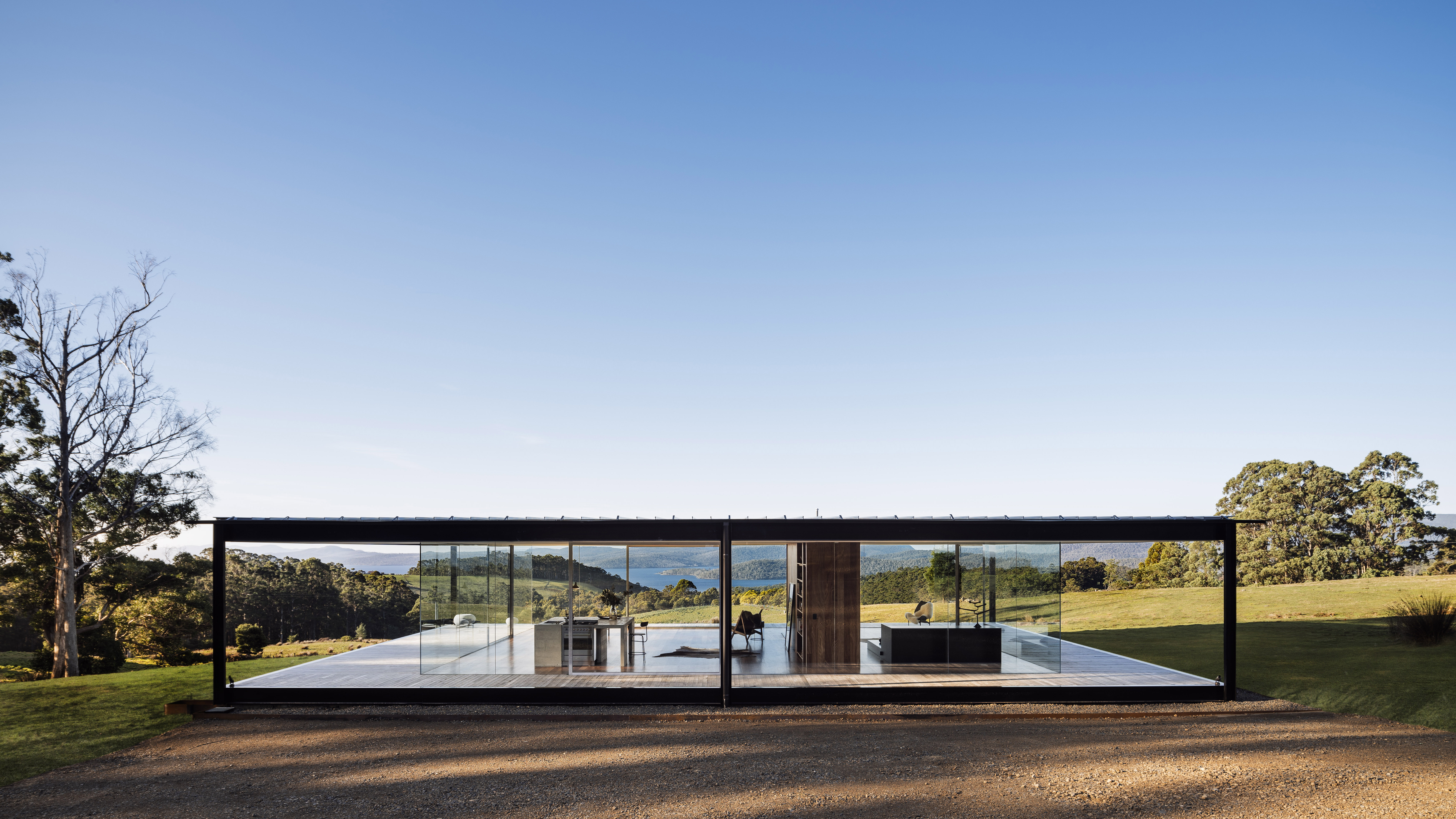 Tasmania house brings minimalist glass and concrete to rural Koonya
Tasmania house brings minimalist glass and concrete to rural KoonyaA Tasmania house designed in immaculate minimalist architecture by Room 11 makes the most of its idyllic Koonya location